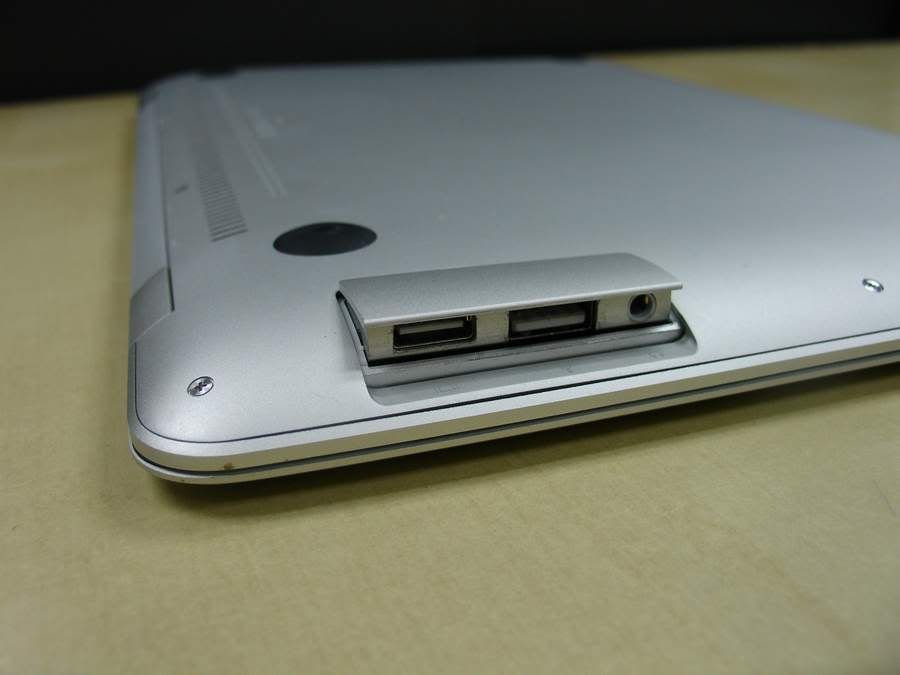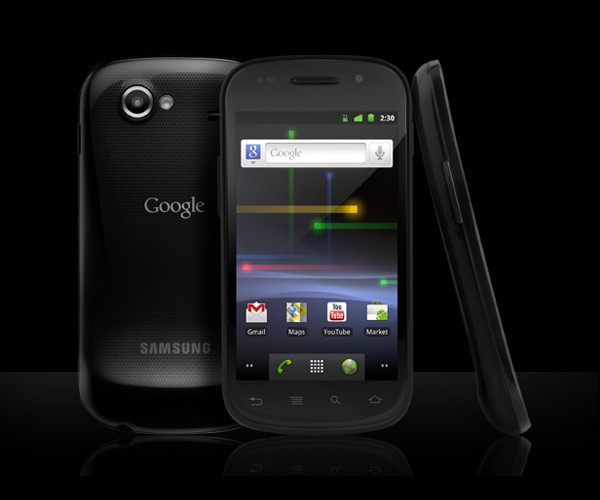Olympus may be known better these days for its Pen series of Micro Four Thirds camera, but that doesn't mean the company is canning its dSLRs. While the company hasn't introduced any entry-level or enthusiast-oriented dSLRs this year, it has, at least updated its higher-end digital SLR as seen with the E-5 at the Photokina imaging tradeshow held September in Germany.
The E-5 succeeds the three-year old E-3. There are several significant specification upgrades and cosmetic changes, which will badger current E-3 users to upgrade to the new model. But what impressed us most was the image quality that this rugged shooter delivered. Find out what we think of the E-5 below.
One look at the E-5 and the first impression most people have is that it's big. Once you wrap your hands around it and hold it up to eye level, the weight is immediately felt and you might ask yourself if this is one camera you'd want to bring out on a shoot. For this reviewer, the E-5 is probably the heaviest camera he had reviewed this year. However, the weight feels reassuring and the E-5 has clearly been built to rough it out in trying weather conditions.

The front of the E-5 doesn't deviate much from its predecessor. There's a control dial below the shutter button, a depth-of-field preview control beside the lens mount, and a flash PC socket at the right end of the dSLR. The handgrip is not too chunky but lends a solid grip, which is important since the Olympus is quite heavy.

There're no visible changes made to the top of the of the camera. You still get the flash, mode and autofocus controls on the left side, while the right houses an LCD display with illumination, white balance, exposure compensation and ISO buttons. Some of the keys can be pressed simultaneously to activate certain functions. For instance, mode plus AF will call up the bracketing feature.

The rear of the E-5 has been redesigned for a more intuitive operation. Some buttons, such as menu, info, delete and playback, which were below the swivel LCD on the E-3, is now to the top and right of the display. There's also another control dial beside the eyepiece. Although the E-5 is capable of recording HD movies, there's no dedicated control for that. Instead, you'll need to activate Live View, then hit the focus point selector button to start filming.

On the handgrip are the dual memory card slots, which accept CompactFlash and SD/SDHC media. The other side of the dSLR sports ports for an external microphone, mini-HDMI, USB ports, A/V-out, DC power and a remote control.
The E-5 is heavy due to the use of magnesium alloy in the camera body, but we figured that this implementation is necessary to keep the shooter rugged. There are also waterproof seals at strategic locations to ward off moisture (if you're shooting in wet weather), sand and dust.
The rear controls are placed within reach of our thumb for quick access, though buttons at the top were a tad hard to feel without having to what we were pressing. But overall, shooting with the E-5 was a great experience, with the only downside being its weight.
The E-5 comes with several features and upgrades that make it worthy of being a successor to the E-3. However, compared with other midrange dSLRs, its specifications appear a bit outdated. Here's a comparison chart between the E-5, Canon EOS 7D and Nikon D7000.
ISO 100 to 6,400 (expandable to 25,600) ISO 100 to 6,400 (expandable to 25,600) Dual slots for CompactFlash and SD/SDHC
According to Olympus, the E-5 employs an updated Live MOS image sensor that, when used with the upgraded TruPicV+ image processor, allows the camera to churn out better-quality photos to rival those taken on higher-resolution models. We'll discuss this in a later section of this review.
The E-5 is weatherproof, meaning it can withstand splashes from rain and other elements such as dust and sand. To test this, we stuck the Olympus out in pouring rain for a few minutes, a move that would typically have damaged most dSLRs. The shooter survived the test and continued to shoot as usual.
The dual-card slots bump up the maximum number of pictures you can shoot if you use two high-capacity memory media, but they lack the customizable options that the D7000 sports. For instance, we were unable to save RAW to the CompactFlash card and JPEGs to the SDHC card while capturing in RAW+JPEG mode. It would be great if Olympus could add this function in future firmware upgrades.
The company has been touting its Art Filters for some time now. While we were impressed with the effects, the slow processing time required to churn out shots daunted us. However, the E-5 rectified this problem to some extent. Previously, other cameras with this function would take up to 5 seconds, depending on which filter you chose, to generate a photo. The new dSLR took a shorter time to perform the same operation. Also, the E-5 has the full range of Art Filters, including the new Dramatic Tone, which renders a high dynamic range-like shot. The effects can also be applied while recording HD video.
The Japanese company claims the E-5 has the world's fastest autofocus module, and we think it may just live up to the hype. AF was responsive when we shot in daylight conditions, but it was really in low-light situations that the dSLR's AF shone. We were able to lock onto our subject quickly and accurately, and this allowed us to capture the image faster.
The E-5 took about 1 second to start up and shutter lag was negligible.
In general, the Olympus shooter was quick to react to the different situations we exposed it to. The 5fps burst mode rattled off smoothly and we guess this speed should cater to most enthusiasts' needs. We can't say the same for professional photographers who may require a faster camera.
The E-5's image quality is a testament to Olympus' claim of an improved image sensor and processing engine. While the smaller image sensor does have some disadvantages, as we illustrate later, we feel the compromise can be accepted in that the photos we took with the E-5 were simply beautiful. The subjects in our shots were sharp, no doubt thanks to the Four Thirds lenses engineered to work well with Four Thirds sensors. Colors looked rich and vibrant without appearing overprocessed, and overall we were satisfied with the shots we got from the camera. You can see the pictures taken with the E-5 here.


The Olympus dSLR has an ISO range of 100 to 6,400, but as we found out from our ISO chart below, the optimal ISO settings to use was ISO 1,600 and below. ISO 3,200 pictures lost much of the details, while discoloration set in at ISO 6,400.
Compared with the EOS 60D, it's apparent that having a larger image sensor is beneficial for less noisy photos at high ISO settings. See our example below.

While we generally agree that more megapixels doesn't translate to better photo quality, 12-megapixel pictures from the E-5 offered less allowance for photographers to crop their pictures. Shutterbugs prone to cropping images will want to get a higher-resolution dSLR, and the E-5 is not one of them.
Still, Olympus showed us A1-sized prints taken with the E-5 as well as competing brands' dSLRs. The company assured us that the shots were not tweaked on the computer in any way, and we were hardpressed to find any difference in terms of picture quality when the images were enlarged to this size. So, it could be that image files from the Olympus dSLR can be suitably enlarged without losing a lot of details.
We usually don't comment on photos taken using the camera's onboard effects, but for the E-5 we'll make an exception. In this case, it is the new Dramatic Tone filter. Pictures and videos captured with this filter had a surreal HDR effect to them, but Olympus seems to have played down on the processing in order to maintain color integrity. This is a commendable effort, and we are sure some photographers will take to this Art Filter.
 Dramatic Tone filter activated
Dramatic Tone filter activated
 Without Dramatic Tone filter
Without Dramatic Tone filter On its own, the E-5 is Olympus' best dSLR to date. However, when you consider rival brands makes, the camera's specifications pale in comparison. While its image quality may be good for a Four Thirds camera, it's hard for the E-5 to stand out among the APS-C-sensor equipped EOS 7D and D7000. However, current Olympus dSLR users who want to upgrade their shooter should definitely consider the E-5.
Tags: Photograph, Camera, Olympus E-5, Olympus dSLR, Canon Inc.
Dec 8, 2010
Rating: 8 out of 10 (Excellent)
Pros: Works with Olympus lenses
Cons: Isn't Canon or Nikon or ...
Opinion:
This isn't a review. I'm just pointing out that it is difficult to take the Cnet Asia review seriously when they can't even get the number of megapixels right.
See all user opinions »
View the original article here























 The ElectroHub wireless charging station comes with compliant batteries to replace your electronics' originals. (Credit: ElectroHub)
The ElectroHub wireless charging station comes with compliant batteries to replace your electronics' originals. (Credit: ElectroHub)





